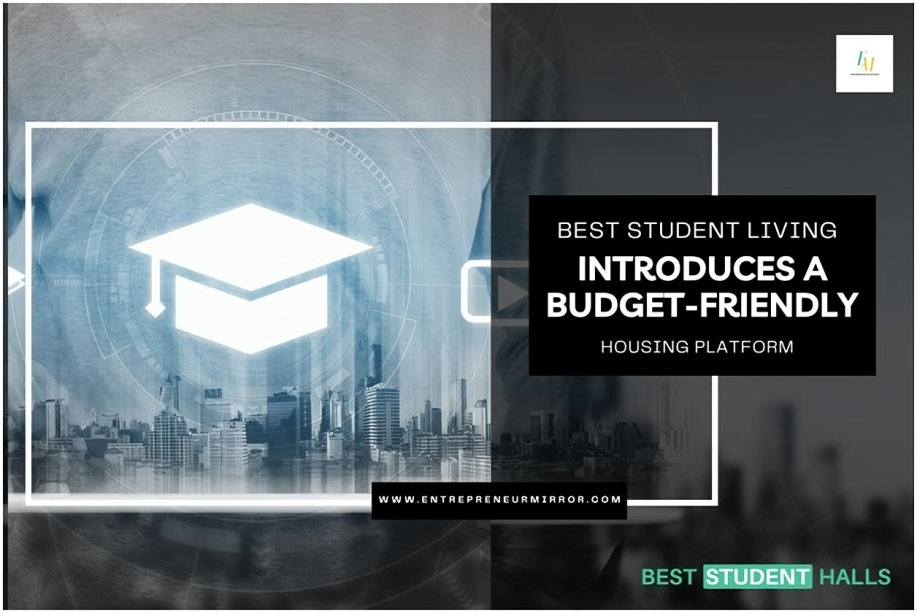A robust portfolio is your crucial representation—a visual embodiment of your skills, proficiency, and value to potential clients. Whether you’re a graphic designer, writer, web developer, or freelancer, a well-crafted portfolio is an influential tool to showcase your talents and secure lucrative opportunities. This guide will inform you of the essential steps on how to build a portfolio that captures attention and propels your freelancing career to new heights.
1. Determine Your Niche and Audience
Before digging into the portfolio creation process, take a moment to define your niche and pinpoint your target audience. Understanding the specific services you offer and the audience you wish to attract will guide the content and structure of your portfolio. Whether specializing in website design, content writing, or social media management, a clear niche helps tailor your portfolio to the needs of potential clients.
2. Curate Your Best Work
Quality surpasses quantity when it comes to building a freelancer portfolio. Select your best and most pertinent work to showcase. Opt for projects highlighting a spectrum of skills and demonstrating your ability to handle diverse challenges. If you are just commencing and lacking a robust portfolio, consider including personal projects or hypothetical scenarios showcasing your skills and creativity.
3. Develop a Professional Website
Investing in a personal website is a game-changer for freelancers. It provides a centralized platform to showcase your work, share your story, and simplify potential client contact. Platforms such as WordPress, Squarespace, or Wix offer user-friendly website-building tools, enabling you to create a professional and visually appealing portfolio. Ensure your website is mobile-friendly, as many clients may browse portfolios on their smartphones.
4. Compose an Engaging Bio
Your freelancer portfolio is not solely about showcasing work; it’s an opportunity to narrate your story. Craft a compelling bio introducing yourself, your skills, and your passion for your craft. Be concise yet informative, highlighting key achievements and experiences that position you as an expert. Consider adding a professional photo to establish a personal connection with potential clients.
5. Exhibit Diverse Skills
Freelancers often possess a versatile skill set. Your portfolio should mirror this flexibility. If you’re a graphic designer, showcase various design styles and techniques. If you’re a writer, display samples from different genres or industries. Diversifying your portfolio demonstrates proficiency and broadens your appeal to a broader range of clients.
6. Provide Comprehensive Project Descriptions
Accompany each project in your portfolio with detailed descriptions. Explain the client’s brief, your approach, and the results achieved. Use this space to showcase problem-solving skills and highlight specific challenges overcome in your freelance projects. This adds depth to your portfolio and helps potential clients understand your working process.
7. Integrate Testimonials and Recommendations
Client testimonials and recommendations are powerful endorsements that can significantly enhance your credibility. If you’ve received positive feedback, strategically include these testimonials within your portfolio. They are social proof of your skills and reliability, instilling confidence in potential clients considering your freelance services.
8. Prioritize Visual Elements
In a world dominated by visuals, your portfolio should follow suit. Utilize high-quality images, screenshots, or multimedia elements to enrich your projects visually. This is particularly crucial for design-oriented freelancers, as visuals play a central role in conveying your capabilities. Create a cohesive and visually appealing layout that aligns with your brand.
9. Maintain Regular Updates
A stagnant portfolio can give the impression that you’re not actively pursuing new opportunities or that your skills need to be updated. Regularly update your portfolio to include recent projects, new skills, and any certifications or awards you’ve acquired. This keeps your portfolio relevant and demonstrates your commitment to continuous improvement.
10. Incorporate a Call-to-Action
Guide potential clients on the next steps after reviewing your portfolio. Include a clear call to action encouraging them to contact us for inquiries, collaborations, or project discussions. Providing easily accessible contact information is crucial to converting portfolio views into actual opportunities.
11. Leverage Social Media
Integrate your portfolio with your social media profiles to extend its reach. Share snippets of your work on platforms like LinkedIn, Twitter, or Instagram, directing followers to your portfolio for a more in-depth view. Engage with your online community, participate in relevant discussions, and use social media as an extension of your freelance brand.
12. Seek Feedback and Refine
Before finalizing your portfolio, seek feedback from peers, mentors, or trusted friends in your industry. Constructive feedback offers valuable insights and helps refine your portfolio for maximum impact. Be open to making iterative improvements based on the feedback received, ensuring your portfolio evolves alongside your growing skills and experiences.
Building a portfolio as a freelancer is not just about showcasing past work; it’s a strategic tool for positioning yourself in the competitive freelance market. By defining your niche, curating your best work, and presenting it visually appealing and engagingly, you can create a portfolio that not only attracts clients but also sets the stage for a flourishing freelancing career. Remember, your portfolio is a dynamic reflection of your journey as a freelancer, so invest the time and effort needed to make it a compelling testament to your skills and expertise.
Also Read:































































